As traditional desktops continue to morph and become less dependent on hardware, we have seen increasing adoption of the term “workspace” to describe what people experience on their devices. Probably a more appropriate term would be “software-defined workspace,” which more clearly evokes a flexible and portable structure that represents the future of the desktop.
It is clear that the evolution of “desktop” to software-defined workspace” has made great strides since Liquidware Labs was founded back in 2009.   Yet, even with all the progress, we recognize that this is only the beginning and we have only scratched the surface of the potential of this model.
So, where is this headed? Well, we think we know. As a strong VMware partner, we believe we have seen the future and it’s VMware Horizon 6.   We are extremely excited to see this latest enhancement to the VMware platform come to market and be a supporting cast member in the march toward next-generation workspaces.
We believe that with the launch of Horizon 6.0, VMware demonstrates that it gets the big picture…. That it’s clearly time for convergence. And this makes a great deal of sense because after all isn’t the entire concept of cloud based on the idea of convergence?
What are we getting at? For companies to truly deliver secure, centrally managed, and agile workspaces to their users, they have to be given the chance to rise above the plethora of devices and systems we still all work with. Unlike data center evolution which has continued to virtualize and therefore leverage the efficiencies of the vSphere platform for consolidation and flexibility, the desktop environment by contrast at many companies has languished in comparison.  For desktops to transform completely to software-defined workspaces, we have to break down the artificial barriers among vendor offerings, and support best-of-breed approaches no matter from where they come.
VMware Horizon 6 is poised to deliver this kind of open platform to allow the best workspace delivery models to proliferate. Clients will be able to leverage “what works the best” and not have to decide on a specific stack and be limited to only one or a few vendor feature sets.
With the launch of Horizon 6, VMware is officially putting their stamp on what has been actual practice for a long time.  Many organizations run their business and mission-critical systems on their world-class virtualization platform, vSphere.   How logical then, for them to take this one-step further with Horizon 6.0 for the great big messy – and still remarkably primitive — world of desktops.
At Liquidware Labs, we applaud the vision of this approach, which meshes with the mission which we have had from the start. We are all about leveraging virtualization to create flexible and portable workspaces – that’s it. The more components that are decoupled from hardware and OS dependencies, with their attendant risks and limitations, the better, in our opinion.
We have long been developing products to make this a reality.  We have been platform-agnostic with a mandate to put the customers’ needs to get their desktops under control first.  Liquidware Labs has been at the front-lines of View deployments and have witnessed the tremendous gains that our joint customers have achieved by pairing our solutions with Horizon View non-persistent virtual desktops.
Let’s look at some of these gains that we have seen first-hand, just so that we can catalog how far this space has come with regard to taming the desktop beast to make it more manageable and productive.
As you can see, this list reads like an IT manager’s dream list for desktops:
Higher Employee Productivity On “Things That Matter!”
- Assessments give managers a handle on unruly physical desktop environments that have grown up sprawling over decades. They have accurate inventories of applications — both used and unused — operating systems and versions.  They are saving money on licensing and storage and they are ensuring that they are license compliant.
- Non-persistent linked clones significantly reduce the amount of time needed to update desktops.  What used to take months is now reduced to days or even hours as managers only update a few base images, recompose them and deliver to users. They can be absolutely sure that OS patches, upgrades are applied to ALL – even remote — desktops, eliminating gaps that can open up endpoints to hackers.
- Non-persistent desktops significantly reduce the amount of help desk tickets, as users login/out to recover desktops.   Average reduction in help desk calls is 70 to 80% or more.
- If a desktop connection is lost, data is not lost, the session is retained; users log back in and stay productive.
- With a solution like ProfileUnity, Windows XP migrations to Windows 7 and beyond can be automated and performed securely at least 3x faster than using tools like USMT. Users can still work on desktops the entire time. Physical to virtual migrations are also a snap. A universal profile means you are automatically set for Windows 8.
- Migrations let you quickly and automatically clean up user profiles by setting up a schema that prevents porting over the unauthorized junk that get stored on physical desktops.
Higher Security
- User profiles now are centrally stored in secure data centers. They can be replicated and mirrored, keeping them secure and available for disaster recovery scenarios. Documented DR tests have supported a recovery time of as little as four hours to bring desktops back online.
- End points can be made ultra-secure and locked down for remote workers, with thin clients equipped only with View clients. No admin rights. IP filtering allows only one device to access back-end systems.
- Desktop performance can be proactively monitored across the enterprise (meaning all desktops everywhere, anytime even remote or field operations) to prevent issues from occurring and to ensure users stay productive.
Today we are solving the problems that IT managers have been complaining about – literally —  for decades!  Is there a single IT manager out there who can read this list and ignore the potential management, productivity and security gains from “software-defined-workspaces” that are achievable now?
And yet, as we said, this is just the beginning. We are looking forward to the launch and adoption of Horizon View 6 – with its enhanced mobile app platform and robust workspace delivery capabilities.  The future holds much more granular ability to deliver needed application, data and user components just as needed with absolutely no dependencies on device or OS.
I can’t imagine anyone not being super energized by the prospects here. I know we are! Stay tuned for some programs and initiatives from Liquidware Labs to support an exciting Horizon 6.0 Launch.
Dr.T-Rex Rohrer
coFounder
Liquidware Labs Inc.
jtr@liquidwarelabs.com

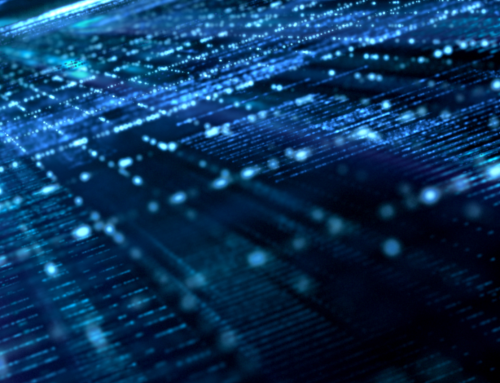

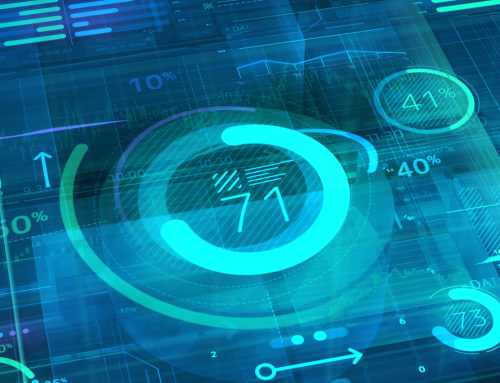
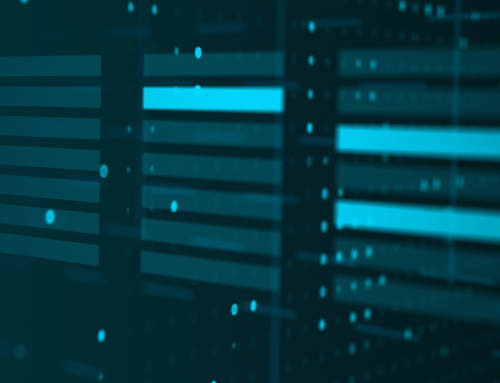
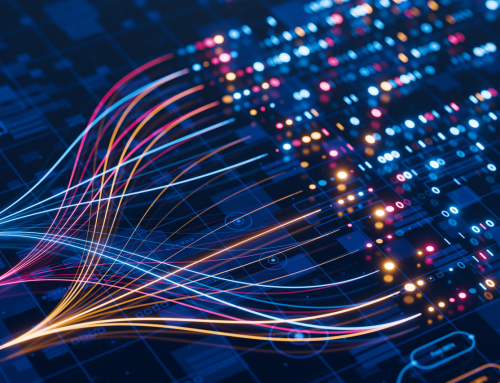
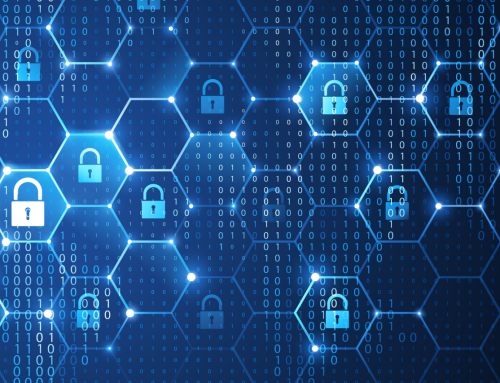

Leave A Comment
You must be logged in to post a comment.